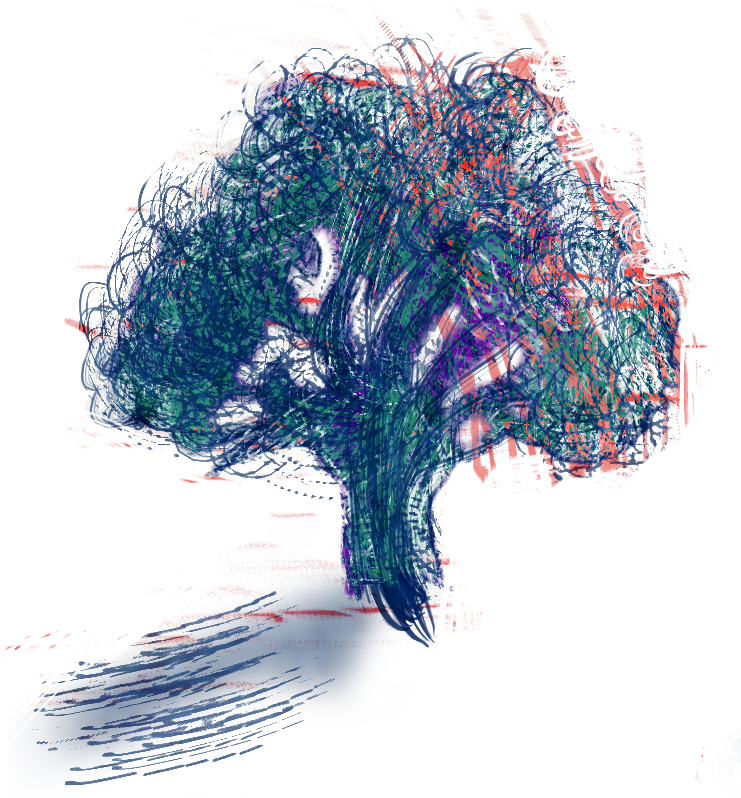Breakfast with Åsnelandet
Interview with Bahar Pars, director of Åsnelandet

When I started working with the project, I noticed that it contained too many aspects and material for only one film. It was a way to challenge myself to repeat things, but from a different perspective each time. The challenge was to really tackle a subject of something important and make it easy to understand. This is an idea that I am so interested in and that is so complex. I want to dedicate my life to getting to know this subject but on the other hand, I don’t want to repeat myself. A trilogy is a way of achieving this while keeping the core of the idea and making each film better than the last one. My films search to unfold those subtle details and complex expressions portrayed with a dash of humor, directing the spectator’s attention towards the situations rather than pinpointing them.

I met racism very early in my life. I noticed it was directed towards others, mostly people from Afghanistan when I lived in Iran. Then, when I came to Sweden as a refugee, racism was directed at me. So it was always a part of my everyday life. Racism is equally dangerous to those who make it and the ones being exposed. It affects people’s choices and possibilities and destroys the vitality of society. Sometimes, it can also be really boring to talk and read about these subjects. It’s like “Yes, we know…” and that’s because it’s so internalized. When I got the chance to tell the world what I wanted I really could not do anything else than to try serve in film, maybe just one person will see and understand. What we see on film is dramatic racism. I wanted to show everyday racism, an internalized racism. I hadn’t seen that on film before, but I had seen other subjects treated gently on film. These are also subjects that are difficult to grasp. It becomes so big, but it’s not big, it’s in our everyday life and in us everywhere and around us. That should be eternalized on film. To me, film is an essential tool that aims towards an increased knowledge and social change in the world. Therefore, the choices we make when portraying our stories are of outmost importance.


Not as much as you want to, hahaha! The actor always wants the screentime for her character and the writer wants to tell the story. They do not always go well together and then of course, we have the director in the mix. It can get really complicated. At the same time, as I am acting I must not forget to tell this and that to the camera guy. It was a real struggle but really useful because it forces me to keep developing and seeing the process from different perspectives simultaneously.

Majorité opprimée by Éléonore Pourriat. I saw it many years ago, before I became aware about structures, and I was blown away. The film was so easy and fun despite having to deal with an important issue.

Clermont is an important place and I love everything that is important. Film is nothing without its audience and Clermont is the bridge. Short film is a cool media and I see more of it in our future, that’s what Clermont means to me. A place for all of us in the world to share and to be. It’s very unique.
Åsnelandet is being shown as part of the International Competition I3.








